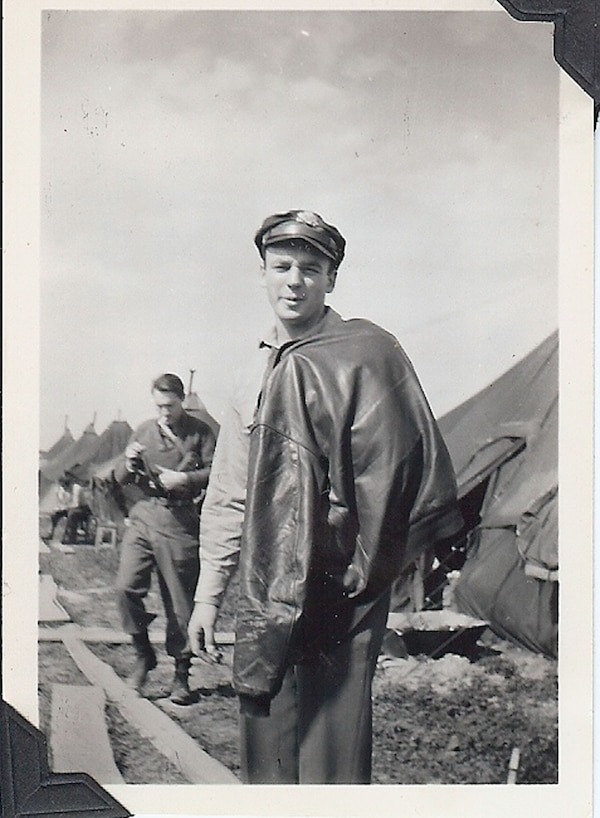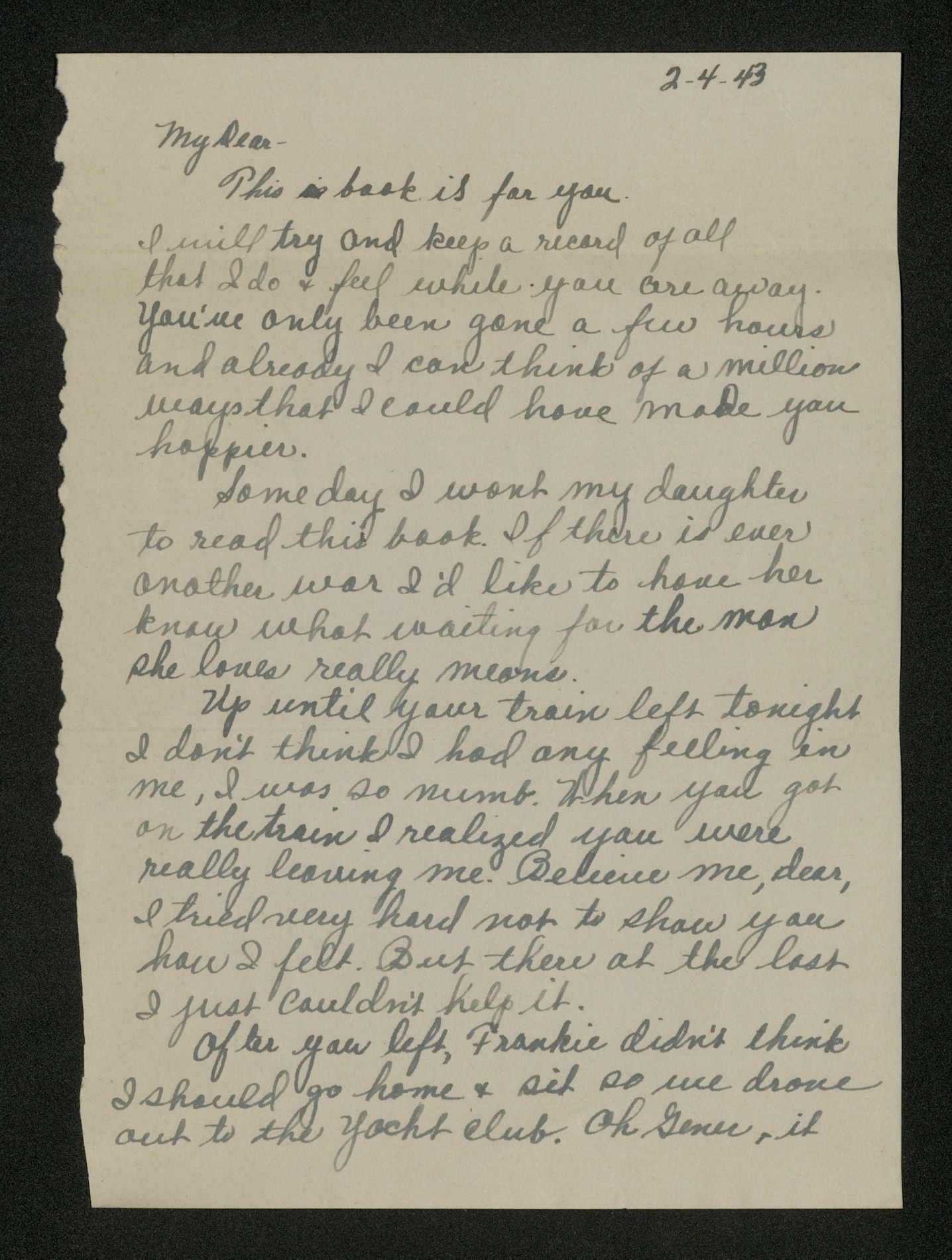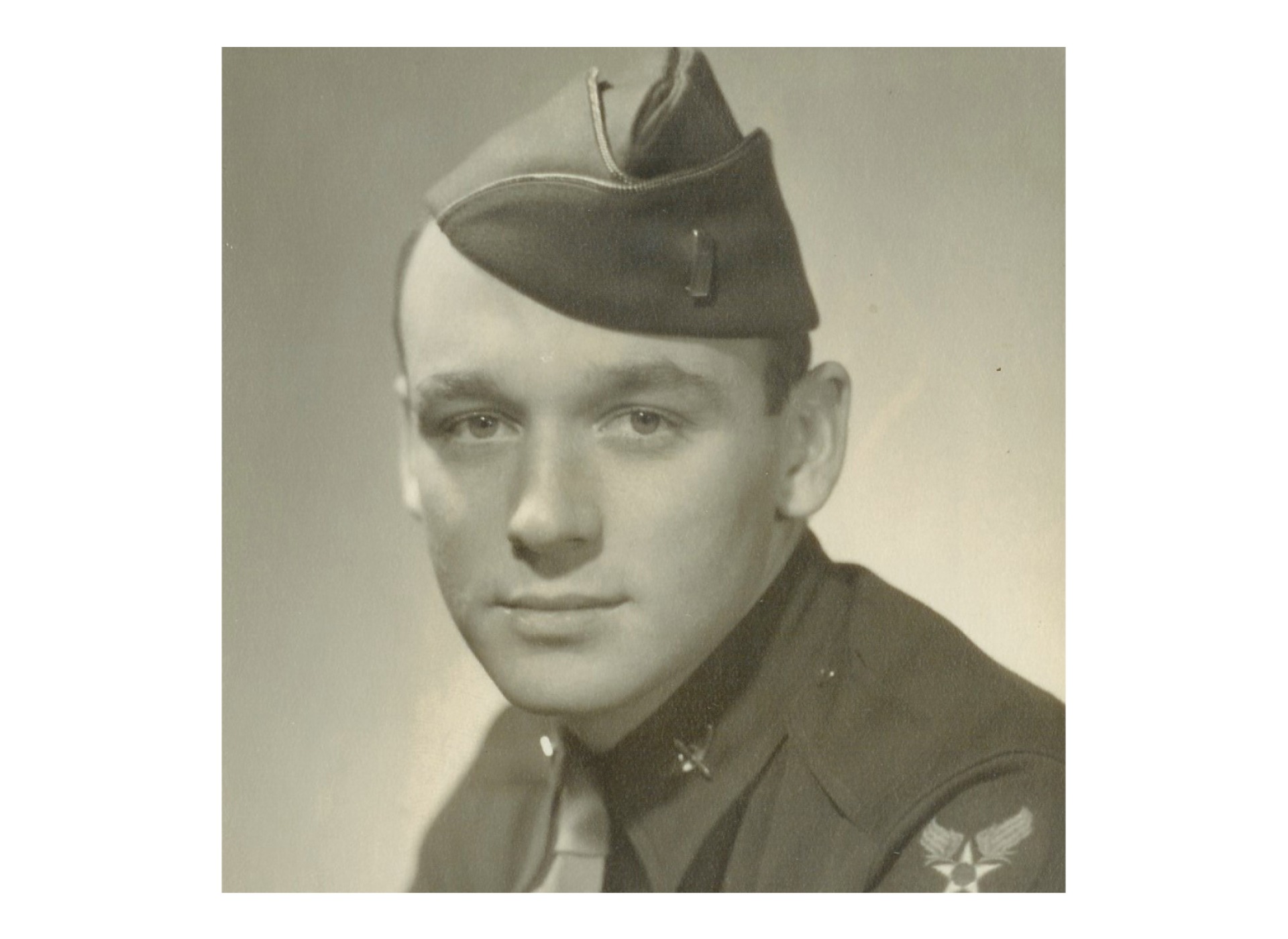The Touching Story Of A Daughter Who Found Her Missing Father Thanks To WWII Love Letters
Sharon Estill Taylor has no firsthand memories of her father, a World War II fighter pilot who was shot down over Germany in April 1945 when she was just three weeks old. Though the war in Europe ended shortly after, her family in Cedar Rapids, Iowa, found no closure.
1st Lt. Shannon Estill, 22, had exchanged letters with his wife, Mary since they were high school sweethearts. But after he went missing, the letters stopped, leaving his fate uncertain.
His P38J Lightning was hit by enemy anti-aircraft fire, but it wasn’t clear if he bailed out before the plane was destroyed. Lt. Estill was eventually listed as killed in action, though his body was never recovered.
This left his family in a painful state of uncertainty, struggling with the loss and the lack of closure.
The girl grew up without her father

Sharon Estill Taylor grew up surrounded by grief. “I was raised by a grieving mother, with grieving grandparents a few doors down,” she says.
Even as a child, she told people that her daddy died in the war. After her mother remarried, Taylor insisted on leaving an extra table setting for her missing father.
Her grandmother, Nana Estill, eventually gave Taylor a silver box containing about 450 letters from her parents. These handwritten letters spanned from their high school courtship to Estill’s pilot training and deployment in the fall of 1944.
Among them were six months’ worth of unopened letters that Taylor’s mother continued to write after her husband went missing.

In the 1990s, with her own children grown, Taylor spent a summer transcribing the letters, turning them into 3,000 typed pages. Through these letters, she got to know her father. He cracked jokes, sketched pictures, and expressed his love for his wife.
“I just love to get your letters, sweets, they are so like you, so dear. You are always in my heart, but they seem to bring you even nearer,” he wrote in March 1944.
Occasionally, he mentioned the war’s harshness and importance: “I’m so thankful that you’re in the States and not over here somewhere. Everything except danger is scarce,” and “I know that what I’m fighting for is right and decent.”

Worried that he wouldn’t be there for his daughter’s birth, Estill even asked a military doctor for reassurance. In a letter dated March 2, 1945, he diagrammed different methods for changing cloth diapers, noting, “Every man in the 428th is worrying about the baby’s arrival.”
When Taylor was born a few weeks later, Estill addressed his letter to his “Angel Girls.” He had one more mission to fly before he could go home on leave. He attached a baby bootie to his flight helmet for good luck.

One day, when Taylor was seven, she sipped a chocolate malt at a soda counter while her paternal grandmother shared stories about their fallen hero. “Nana, it’s OK,” Taylor assured her: “I’m going to find him and bring him home.”
It was a promise Taylor, now an old author and retired professor, would keep. In 2006, using clues from her parents’ wartime letters and help from military historians, eyewitnesses, and an excavation team, Taylor completed a mission to recover her father’s remains and bring him home.
What truly happened to him?

Beyond treasuring her father’s words for their wisdom, perspective, and poetry, Taylor also used them to piece together the mystery of what happened on his final mission. Her research led her to the Library of Congress and the National Archives.
She discovered that on April 13, 1945, Estill and 10 other fighter pilots had taken off to attack a railway station and disrupt Nazi supply lines. She found a reference to a possible crash site near Elsnig in eastern Germany.

After the Berlin Wall fell in 1989, it became possible for Taylor to visit this potential crash site, previously under Soviet control. She connected with German military aviation historian Hans-Guenther Ploes, who agreed to help locate and identify any aircraft and human remains.
In 2003, Ploes discovered the data plate from Estill’s downed plane and nearby bone fragments. The Department of Defense POW/MIA Accounting Agency (DPAA) sent a recovery team from the United States.
In 2005, accompanied by Ploes and Taylor, the DPAA led a three-week excavation. Taylor felt a strong connection to her father at the site, and DNA analysis confirmed the remains were his.
On a sunny October day in 2006, Taylor and her family buried her father’s remains at Arlington National Cemetery.

Taylor’s mission was to get closer to her father and his legacy. “I wanted to know the truth,” she says. “I wanted his memory and what he did to never be forgotten.”
She keeps photocopies of her parents’ letters in her Scottsdale, Arizona, home and shares their wisdom with her four children and ten grandchildren. Every year, on her father’s birthday, she writes him a letter.
She was not alone in her path

Sharon Estill Taylor has come to understand that her quest for answers about her father’s death is shared by many Americans who have lost loved ones in military conflicts overseas.
“Our reality was never, ‘Oh yay, the war is over. Daddy is coming home,’” Taylor says. “We were disenfranchised. I realized that was hugely important.”
Taylor actively shares her story to highlight the plight of soldiers who never return from war and the significance of recovery efforts.

Approximately 81,000 American service members remain unaccounted for from past conflicts. She emphasizes the ongoing efforts by organizations like the DPAA to locate these fallen heroes and bring closure to their families.
While Taylor will never know her father’s final moments, the Expressions of America exhibition in New Orleans offers her a sense of closure. Seeing his loving words to his “Angel Girls” projected on a 90-foot-tall canvas, she feels that he has finally come home.

